Environmental Intervention Performance
This prompt was deeply inspiring. I held myself to work simply and essentially during this process. Originally, I assumed I would enact something motivated by props or by creating a scene to act in by manipulating my environment. The more I considered my goals for this performance, the further I understood that it wasn’t fully about me. It was about the nature that supports me in these videos. I moved towards videos that worked in a wholesome and gentle way. These themes reflect the way I feel the natural environment affects my person. Working with Ana and Julianna allowed me to explore the reasons I had for intervening in nature the way I was planning to, we found the process of exploration and brainstorming to push us further into simplistic performances that avoided over-production.
First we made some testing videos, we filmed using ideas that were prompted from exploring to warm up our brains!
These moments were motivation to return to the arboretum with fully formed concepts and a vision for the final drafts we were imagining.
I considered the process of collection and observation in my natural environment making this first video. gently interrupted to shore of a pond to collect my “favourite” sticks as if I was a small creature preparing a nest. The echo of the snapping branches creates a mildly destructive feeling as I take each step. The snapping suggests an invasion of space and disturbance I created by walking over a naturally occurring collection.
The next piece is what I am considering as my final submission. The concept had been my initial want to demonstrate something relating to rest and sleep. I originally planned to use props and include others, but the most effective clip seemed to be one of myself doing to most simple of actions. I put on a nightgown and lay down in the grass that had been pressed down by and animal (or person). I chose to not move and to simply lie in place, in the sun, and meditate on my surroundings. I payed attention to the ambient noise around me, noticing how much noise was being created by visitors is the arboretum.
I wanted to represent sleep and rest because I largely reflects how I feel about my time spent outdoors. Submitting myself to participate in my surroundings in a quiet and gentle sense brings forth the life and sound that occurs naturally when I am not there. It was a reminder to me that I am small and mildly irrelevant, but simultaneously a natural creature who will always hold a place in nature
On our way out, the three of us chose a particularly lush patch of green grass to act out a group piece. One where we enter together and choose a space for our bodies, we pat the grass under us down and curl into the ground for a few moments, listening to the surrounding sounds. The grass groaning under me, the wind shaking the trees above us, then sun casting spotty shadows over us through the canopy. It was a lovely way to conclude our trip and meditate together.
Environmental Artist Presentation – Andrea Zittel

Andrea Zittel is an American multidisciplinary artist who is based primarily out of Joshua Tree, California. Her work confronts themes of life, meaning, and ways of living. She examines space and objects through her work in connection to life and its meaning.
She holds a BFA from San Diego State University (1988) and a MFA in Sculpture from Rhode Island School of Design (1990).
A-Z Administrative Services/Enterprises
One of Zittel’s major works is a collection of sculpture ranging from shelter, clothing, and furniture that all exist in the same artistic experiment. She created a number of pieces all with the intention of examining the necessities of human living and what we feel is essential to our living. Many of the piece strip away excess, and work to fulfill our most simple and essential needs. This re-evaluation also reflects back to us the needs we have place upon us by social structures. A-Z East became the name for a show room in which she would test these designs through her own lived experience.



This re-examination of needs is said to make all necessities accessible to all as she establishes an environment for creativity to thrive without the stress of excessive living. This theoretical planning proposes a more socially-responsible lifestyle regarding waste and conscious consumption.
A-Z East
In 2000 Andrea chose to relocate from New York to Joshua Tree, California where she purchased five acres of the desert to live and work on. She began to create pieces in connection to the A-Z collection, with the same themes and requirements of reduced living. But they interacted much more with their direct environment. Those five acres are now around forty. She continues this experiment of sculptural exploration always evolving her testing with the questions “how to live?” and “what gives life meaning?” as the thesis for the sculptures. The interest in answering these question continuously reveals the complicated relationships between materiality, environment, and consumption.
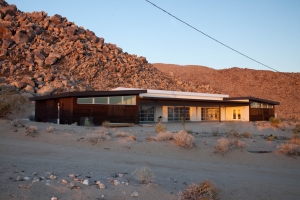
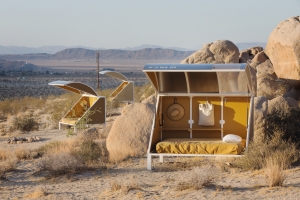
Both Zittel’s personal home and guest cabin are actually available for renting and can be stayed in. The camping stations/wagon pods (pictured above on the right) are available for stay as well. Visitors are able to take refuge in the desert and immerse themselves in Zittel’s self-sufficient pods and share communal resources. There is a total of 10 pods, included are composting toliets, a communal outdoor kitchen, and outdoor showers. They are described as being a cross between and alien landscape, and regular campsite, a retreat and an old time “do it from scratch” Western horse-drawn wagons.
The pods are collapsible, movable and feature a transparent ceiling.
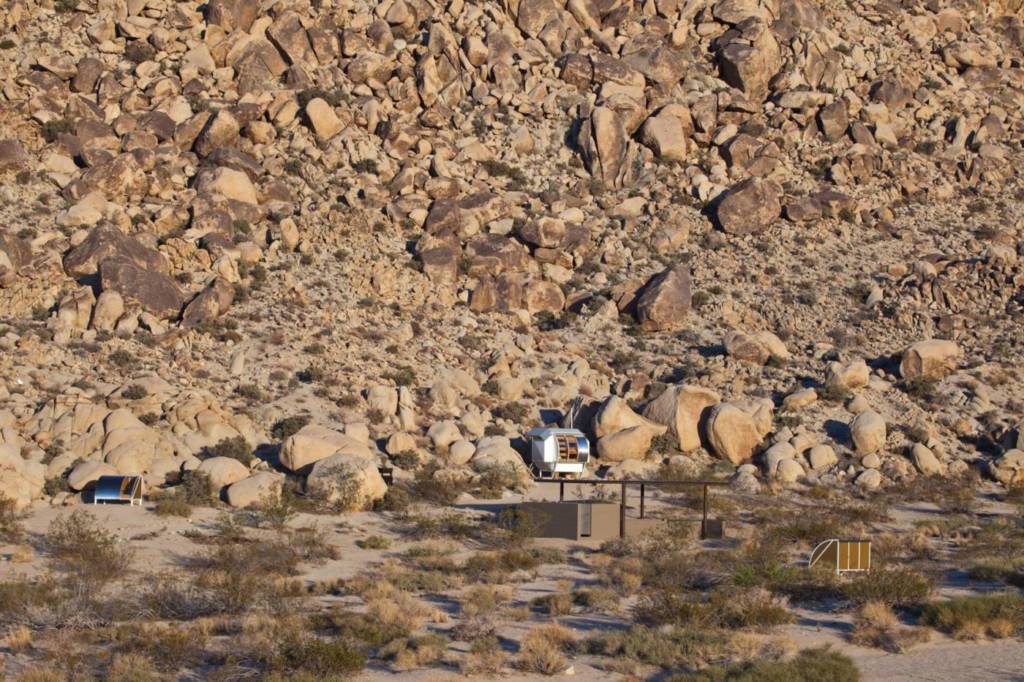
Book Stacks
Here are some if my Book Stacks, prompted by “Weather”
Note; I haven’t had the chance to retouch them at all so the images are still a bit raw 🙂
#1
The Sun Placed In The Abys – Melting Point (continued) ->>fast forward 2 – What’s Left -The Saddest Place On Earth
This stack ended up feeling very apocalyptic, I imagine a sort of exchange where the Sun is sacrificed and the Earth cannot stand its absence. Perhaps that is too poetic, but I don’t think it is far off from our reality with climate change in action. We already sacrifice the health of our planet in exchange for convenience in our lives today.
#2
The Earthly Paradise – Cities Full of Symbols – The Sex Of Architecture – The City As An Image of A Man – I Am Architecture – What People Want – Queer Space
This combination felt more natural to me. Finding books that were prompting was good way to flow into the next title (What People What). It was really interesting to find myself categorizing books automatically into what felt like different types of titles and how they could be used. Encouraging myself to not be controlling over the narrative created or to practice consciously putting titles together with my artist’s brain.
This string of titles also felt personal to me. Reflecting on societal structure and how it isn’t build with queer people/space in mind is relevant to my personal life. It also led me to think of the inaccessible nature of a lot of city spaces, I found myself imaging what a real “Earthly Paradise” would be like for me.
#3
Make Space – Queer Space – A Sense of Place – Across Space And Time
This last stack felt like a great conclusion. It works as a sort of final statement or thought, something to consider and take forwards. Queer Spaces are infinitely valuable for those who seek refuge or community. I also enjoy how the repetition of the word space and the rhyming with the word place. It repeats with purpose, but is also just satisfying to read. I think my sense of colours with the spines was most successful here as well, there’s a bit of a gradient happening which is pleasing to the eye!
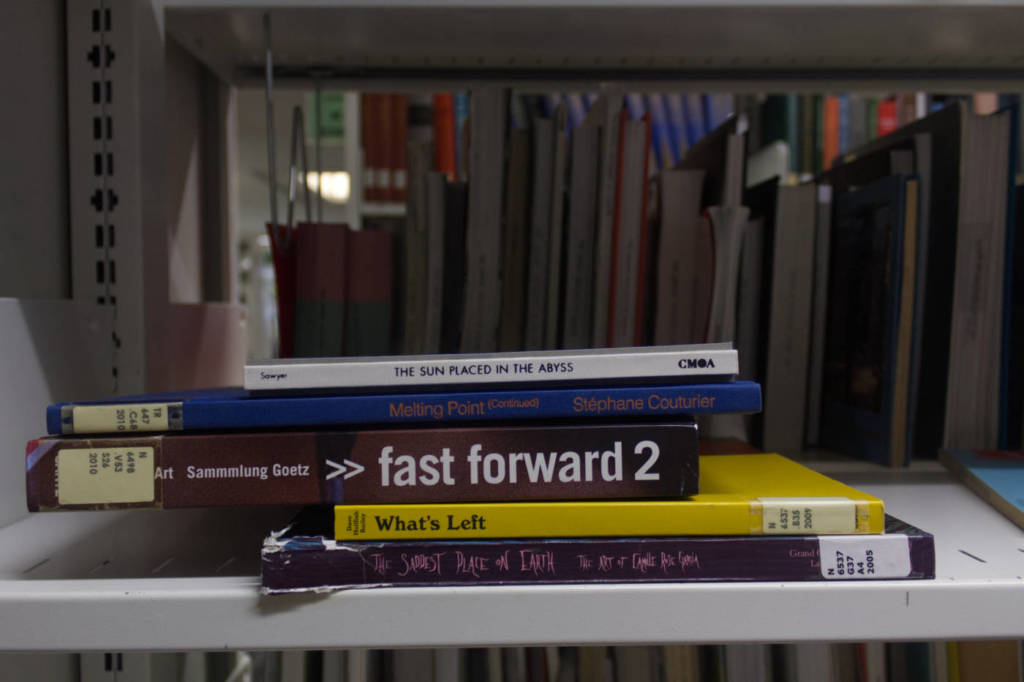

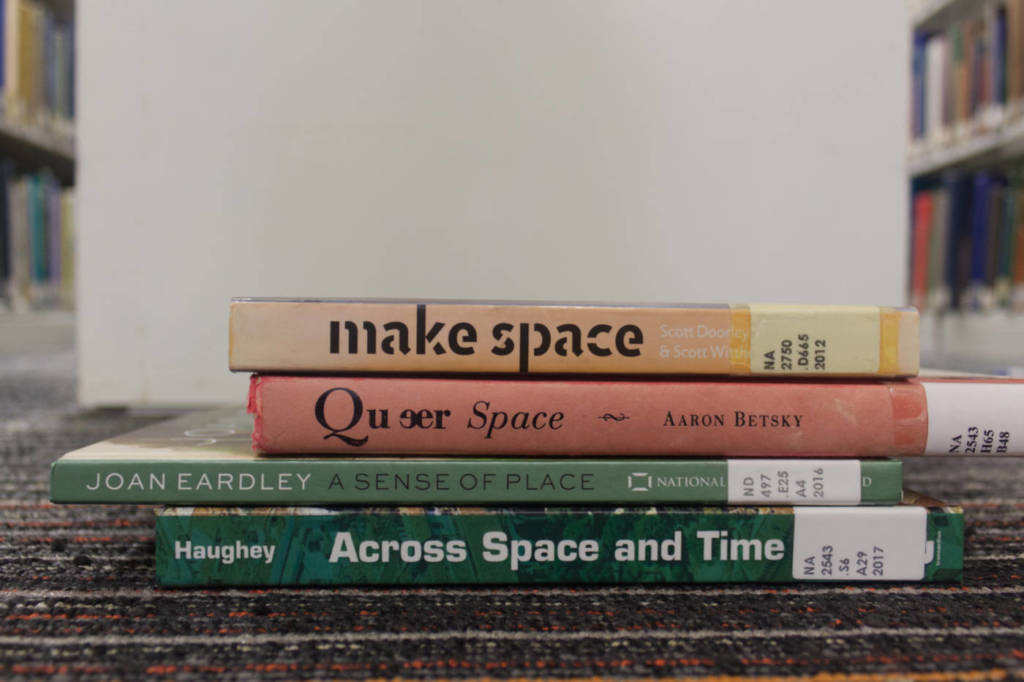
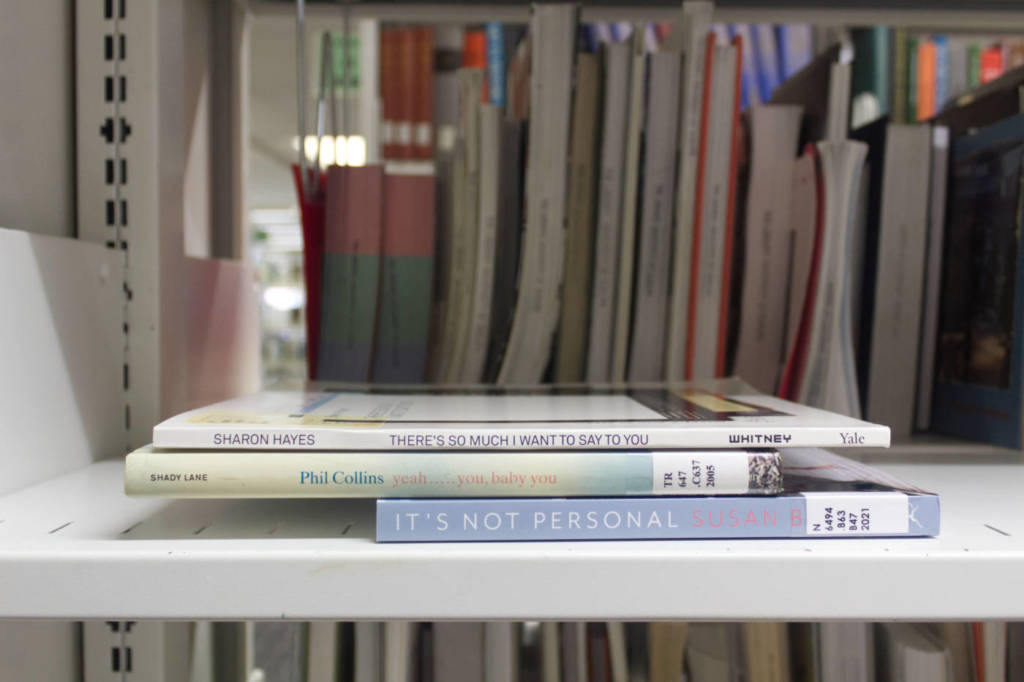
Overall, this assignment felt very valuable. Slightly out of comfort zone, but still calling on skills we all have as artist’s to compose something from pre-existing image/items. Loved it!
